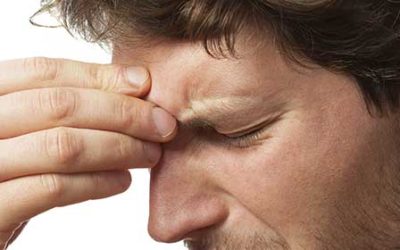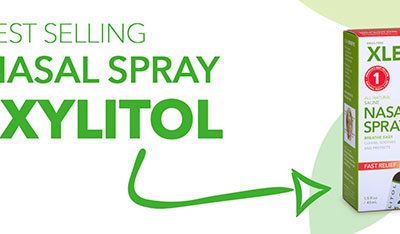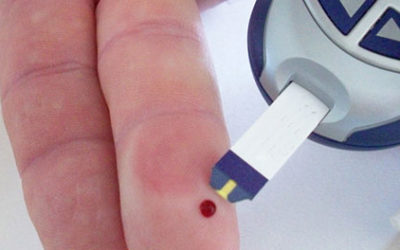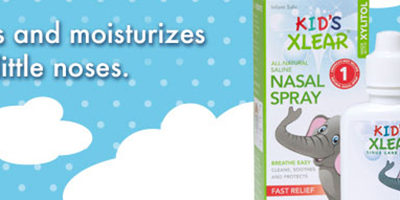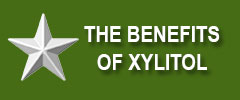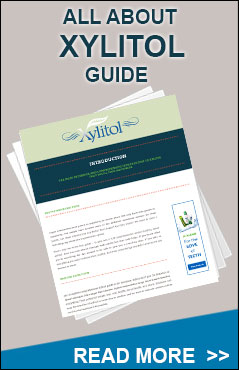What’s a nidus?
A nidus is defined as “a place in which bacteria have multiplied or may multiply; a focus of infection”. The way it is now the nose is a nidus–virtually all upper respiratory problems, both allergenic and infectious begin in the nose–but it shouldn’t be that way. Changes over the last few decades have contributed to this problem, but there is a simple natural way to prevent it. At the same time there is little interest in our profit driven health care system for prevention.
The same drivers control the system as 100 years ago when Dr. Sara ‘Jo’ Baker helped cope with the GI infections of cholera and typhoid that plagued Hell’s Kitchen–her area of New York City. She started a hand washing education program in the local high schools. After a few years it worked so well that “some thirty Brooklyn physicians petitioned the mayor to stop her program because the lack of sick children was hurting their practices. (She tells this story in her book Fighting for Life. P. 157)
Today we know that hand washing is the best way to prevent the spread of infectious disease; the Center for Disease Control tells us so. And now we are learning that washing the nose is the best way to prevent upper respiratory infections.
The role of the nose.
The nose’s primary function is to process the air we breathe, which is critical to maintaining the body’s well being. The nose warms, humidifies, and cleans air before it enters the lungs. A critical part of the cleaning is the ambient humidity–the amount of water in the air we breathe.
Arundel showed us how important this was many years ago with the following graph:
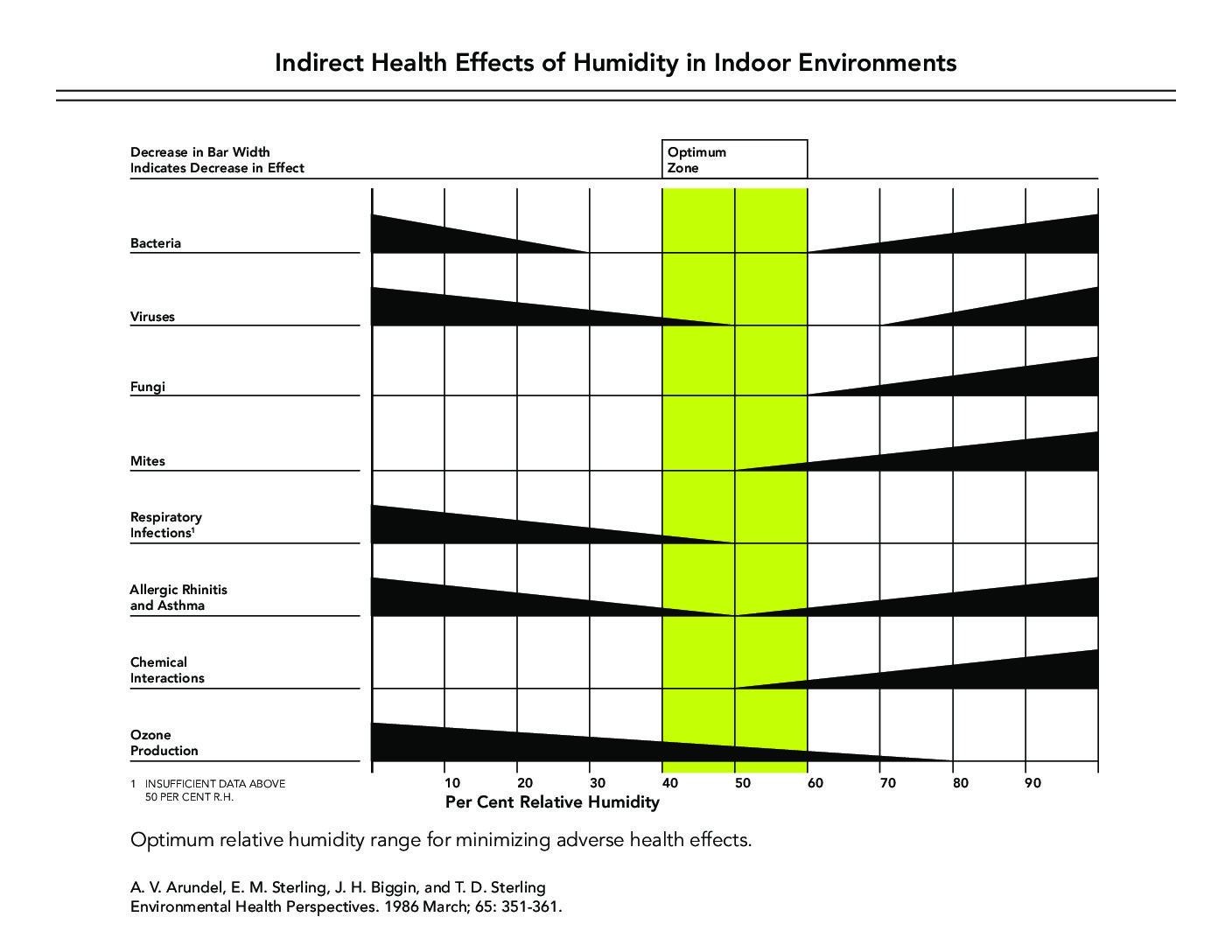 The green section between 40 and 60% shows it to be the best humidity for good health. Notice that while viruses, bacteria, and fungi were present when the humidity was high there were not enough upper respiratory infections to measure when the humidity was high. That means something else is involved; if there is enough humidity in the air we breathe our defenses work better to wash out those infectious agents. The combination that does this washing is known as the mucociliary transport system.
The green section between 40 and 60% shows it to be the best humidity for good health. Notice that while viruses, bacteria, and fungi were present when the humidity was high there were not enough upper respiratory infections to measure when the humidity was high. That means something else is involved; if there is enough humidity in the air we breathe our defenses work better to wash out those infectious agents. The combination that does this washing is known as the mucociliary transport system.
Each day the mucous membrane produces about a quart of mucous. This mucous traps incoming particles, debris, and infectious agents, which are then moved by tiny hairs called cilia that sweep it toward the back of the throat where we swallow and recycle it using the acids in the stomach. This process cleans the air we breathe before it enters the lungs.
Wrong-headed thinking and other problems
But two things happened in the mid ‘60s when the increases in upper respiratory problems began. The first was that home construction began including central heating and cooling. This certainly made our homes more comfortable, but both heating and cooling tend to dry the air in our homes, and that, as Arundel showed us in his studies above, handicaps our normal cleaning.
The second factor was our wrong-headed use of drugs. No one likes a snotty nose, and most doctors still see it as a sign of illness. But if our normal mucociliary clearance is not up to the task of cleaning our noses it triggers the release of histamine which soups up our normal process and results in the snotty nose. This is a defense, it is not an illness! Yet beginning in the 1940s we had the miracle pills, antihistamines, which tamed the snotty nose by shutting it off. Antihistamines were considered safe enough that they were made available over the counter in the mid ‘60s and they were the primary advertisers for the blossoming television industry. But antihistamines block the backup defense triggered by histamine and their companion decongestants turn off the taps that provide the water for the washing (and the snotty nose). If you hobble the defense of your favorite football team they will lose the game. If you look at the increases in upper respiratory problems seen since 1965 you will realize too that we are losing. We need to help our cleaning processes rather than hobble them, and helping our primary cleaning work better is likely the best way to get rid of the bothersome back-up.
Helping
The use of a saline irrigation has a long history of helping these processes and the dry noses that followed the introduction of antihistamines gave them a boost, but there is a downside. Talal Nsouli is the Washington DC ENT that helped President Clinton cope with his allergies. He also has lots of patients with sinusitis and when he looked at them he saw that many of them were regular users of irrigation. He realized that vigorous washing removes our normal bacteria that are there to prevent infection from outside pathogens. It’s like the story Jesus told about the unclean spirit, which, having been removed from its host, wanders for a while, then returns to its host, and finding it swept, cleaned and garnished moves back in with seven other unclean spirits, worse that itself. In the same way Dr. Nsouli’s sinus sufferers were worse off after cleaning than before. So what’s a better way?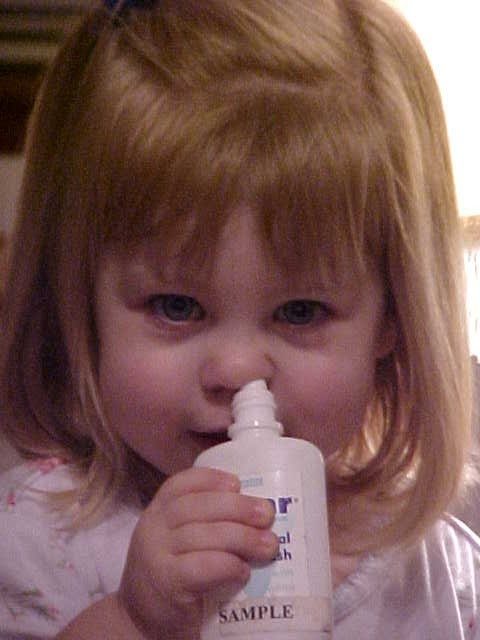
Several of Dr. Nsouli’s patients told him about their use of a nasal spray containing xylitol. Unlike the Brooklyn physicians of a century ago he was interested in prevention so he looked at using this spray to treat sinusitis. It was developed to prevent ear infections. A report in the British Medical Journal showed that chewing xylitol gum prevented many ear infections. Many children have ear infections before it is safe for them to chew gum and they can contribute to many learning and school problems if they are chronic. Since the xylitol works on the bacteria that cause the infections it makes sense to put it in the nose where the bacteria live as this girl shows. More than 90% of ear infections are prevented if used at every diaper change. Sinus infections also start in the nose. Reporting at the 2015 conference of the American College of Asthma, Allergy and Immunology Dr. Nsouli reported that his patients using a xylitol spray just twice a day saw significant improvement in two months. The only question from the doctors present was “Why didn’t you recommend it more frequently?”. Why not indeed?
Related Articles
Special Ed and ear infections? Why are they connected?
Ear...
Nasal Irrigation: Washing Away Your Ailments
Having functioning and healthy nasal and sinus passageways can make a world of difference in your daily life. People with allergies often feel wary of enjoying a beautiful day outside because being exposed to allergens such as pollen, dust, and...
Understanding Sinusitis
What is Sinusitis? Sinusitis is caused by the tissue lining of the sinus cavity becoming swollen or irritated. There are six sinus cavities that connect to the nasal passages and when healthy, they are filled with air. If viruses, fungi, or bacteria get...
Xylitol Nasal Spray Recipe – What’s In Xlear?
Xlear's xylitol nasal spray recipe only contains four simple ingredients. Xlear, Inc. is one of our major partners and their namesake nose wash is a worldwide favorite being sold in South Africa, the EU, Australia, Turkey, Kuwait, Saudi Arabia,...
Natural Sugar Substitutes for Diabetics and Prediabetics
With so many options available, what’s the best natural sugar substitutes for diabetes? Unfortunately, the number of people with diabetes continues to rise. In fact, according to the United States Centers for Disease Control and Prevention, or...
A GRANDMOTHER’S CURE FOR EAR INFECTIONS: My View of Xlear – From the Beginning
Grandmother: Jerry Bozeman Grandfather: Lon Jones D.O. Infant: Heather Once upon a time there was a lovely, loving, but frustrated grandmother who was threatening to kidnap her 6 month old granddaughter to save her from her doctors. They were continuing the...



